Here will write about what is going on in our genomic projects such as the NFR project “InvertOmics – Phylogeny and evolution of lophotrochozoan invertebrates based on genomic data (Researcher Project – FRIPRO)”.
Category: Genomics

The story about the Norwegian banker and the Hawaiian spiders ends – it was a great collaboration
Last week a long journey finally came to a result. If you remember, we were lucky to secure a Peder Sather grant to secure a collaboration between Rosemarie Gillespie’s lab and ours. Just a reminder from the last blog; Peder Sather was a banker and founder of the […]
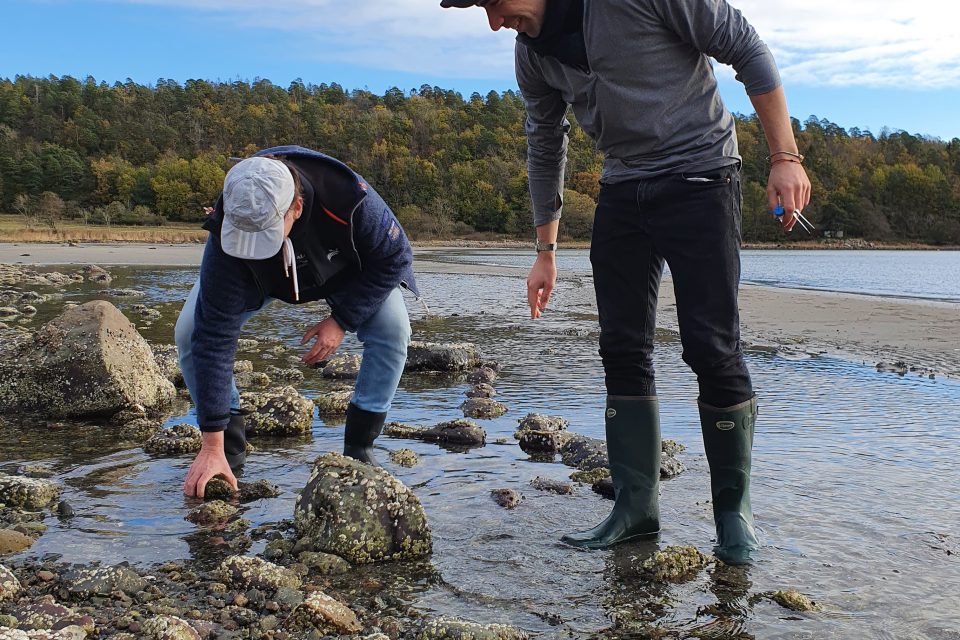
ERGA pilot project – the selected species
As a proof of principle the European Reference Genome Atlas (ERGA) consortium initiated at the beginning a pilot study. Several sequences centers and different research projects contributed to this pilot study allowing the first sequencing of reference genomes across Europe and setting the stage for application of the […]
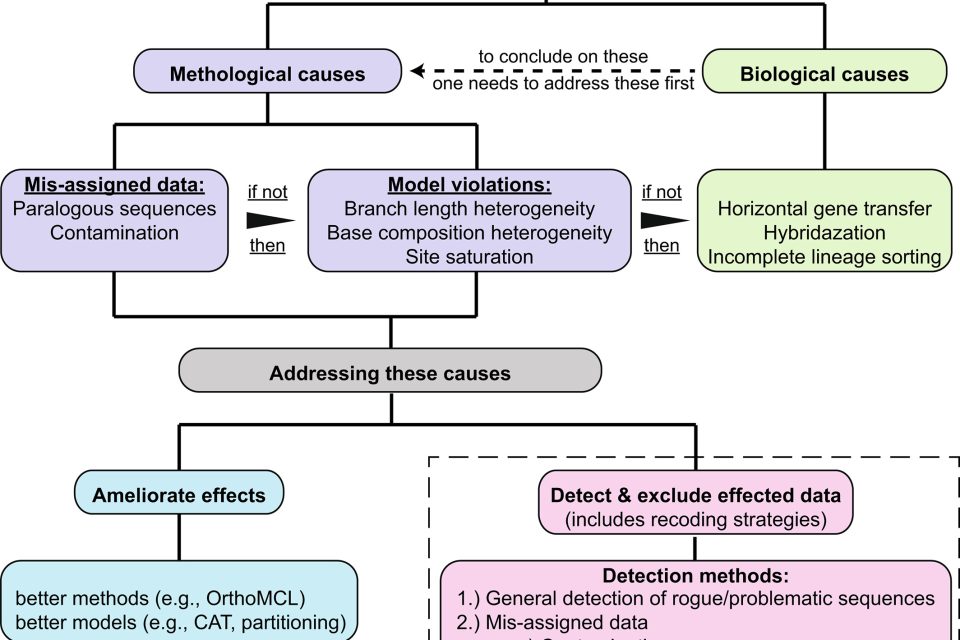
Writing a Review: Introducing Your Field
A few weeks ago, the FEZ group produced another new paper, this time in Evolutionary Applications, titled “Identifying and addressing methodology incongruence in phylogenetics: a review”. It’s actually the first review I’ve ever been involved in writing and was a big change from my usual research work. […]
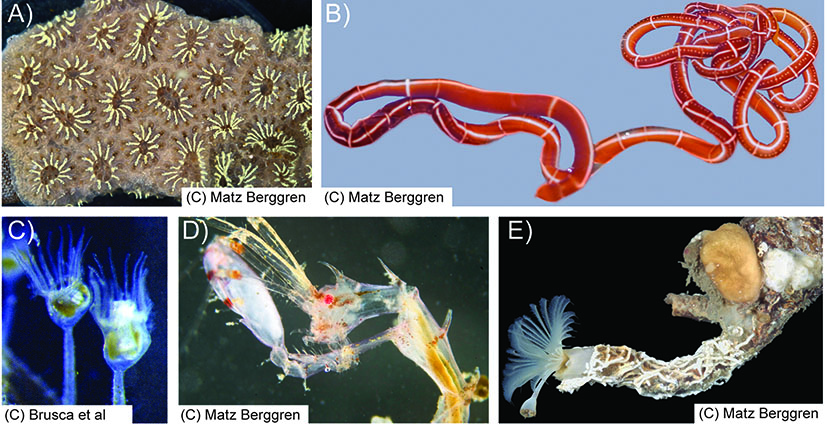
The chosen ones or how to select species to genome sequence
The last years have seen an increasing number of sequencing consortia being established in support of the Earth Biogenome Project’s (EBP) goal of sequencing the genomes of each eukaryotic species. In Europe, these consortia are, for example, Darwin Tree of Life (DToL), EBP-Norway (EBP-Nor), ATLAsea or Biodiversity Genomics […]
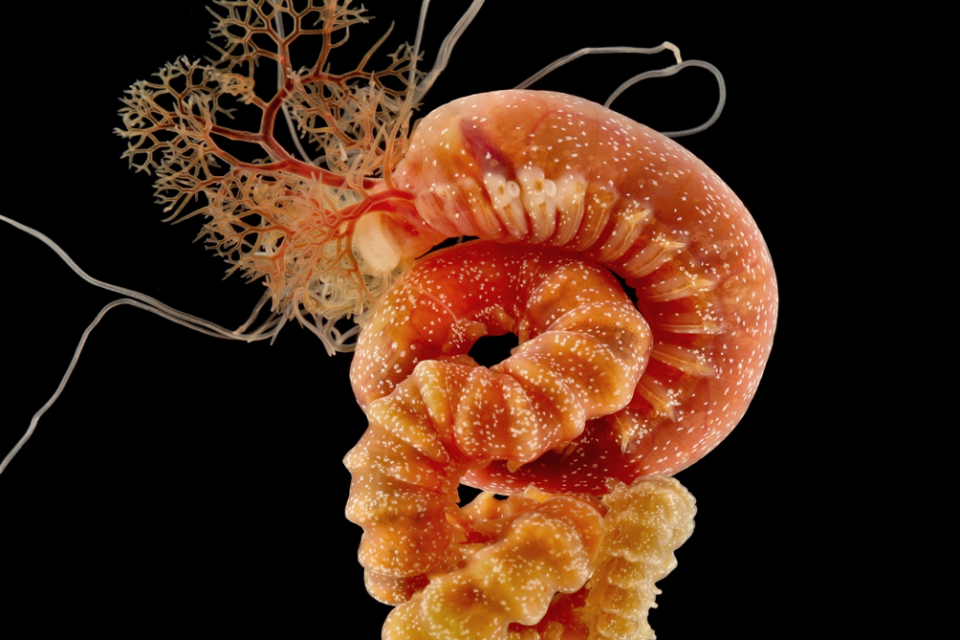
The mitochondrial gene order of Annelida – extremely old, but still working
Mitochondria are the energy plant of our cells. Originally, they were bacteria, but then they were captured by the ancestors of eukaryotes (among others all animals, mushrooms and plants) and used to produce energy for the cell. This is also known as the endosymbiotic theory. An inheritance from […]

The measure of our reach: understanding evolution when our models break down.
Last week I was lucky enough to have another paper come out, this time in BMC Bioinformatics: “nRCFV: a new, dataset-size-independent metric to quantify compositional heterogeneity in nucleotide and amino acid datasets” It’s a less elegant title than usual, I’ll admit! In addition, for a biological paper, there […]
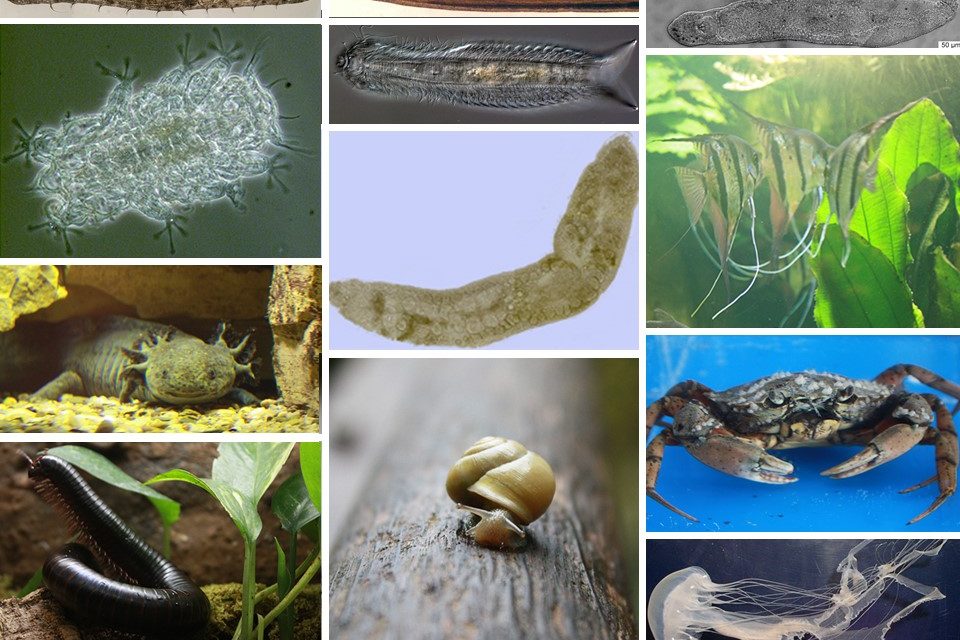
Systematics and ecosystem function – can they go together?
In the summer of last year, Zoologica Scripta organized an international symposium around the topic of ‘The role of systematics for understanding ecosystem functions’ in the premises of Norwegian Academy of Sciences and Letters in Oslo. The symposium aimed at offering a forum for exploring and discussing trends […]
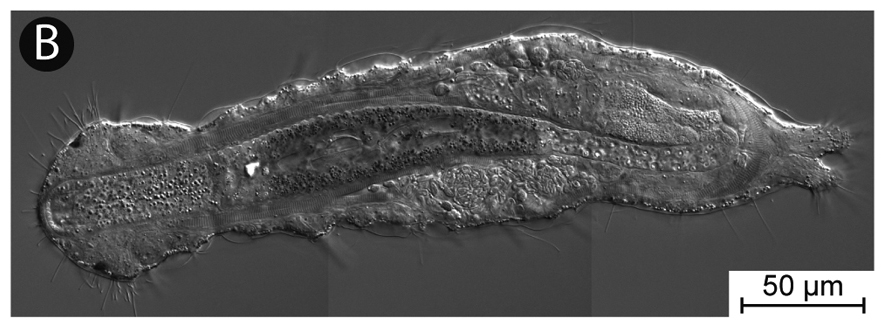
Group of the month: hairybellies (Gastrotricha)
What is so fascinating or even better said the beauty of working with tiny worms? Many might be curious about this, when they meet researchers like me. I would suggest to look at the marvelous wonders of the hairybellies, the phylum Gastrotricha, and you will understand why it […]

Launch of Biodiversity Genomics Europe – sequencing the genomes of European species
After two years of hard work and many meetings, we can officially announce that the Biodiversity Genomics Europe consortium has started this month. The road to this consortium at the European level started actually from two points. It is a collaboration between two of the most ambitious biological […]

GNATHOSTOMULIDA, AN OBSCURE AND OFTEN NEGLECTED PHYLUM
Gnathostomuida, also known as “lesser jaw worms”, is a phylum of about 100 described species of minute marine worms. The first gnathostomulid was discovered in 1928, in the fine sand of Kiel (Germany), by Adolf Remane. Later, Riedl (1969) elevated the animal group to the rank of phylum. […]